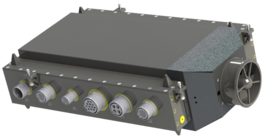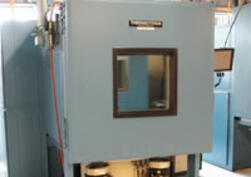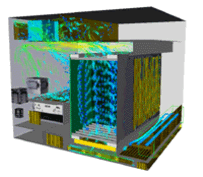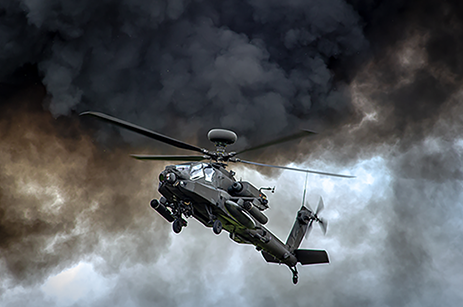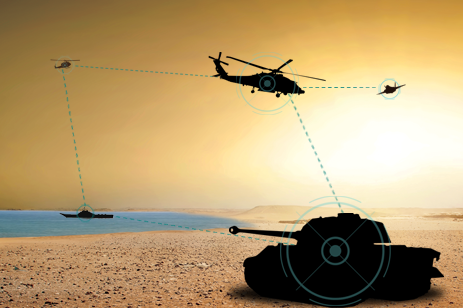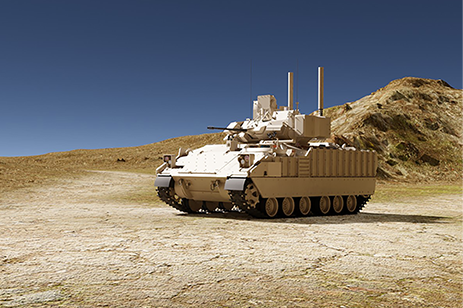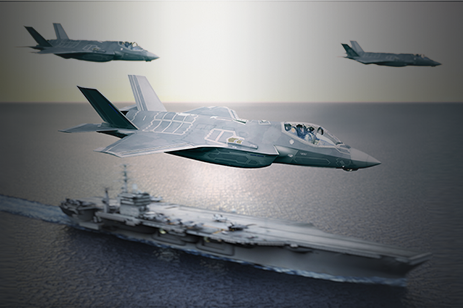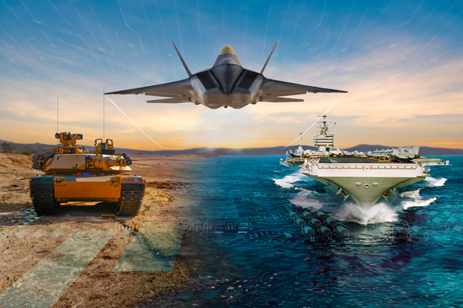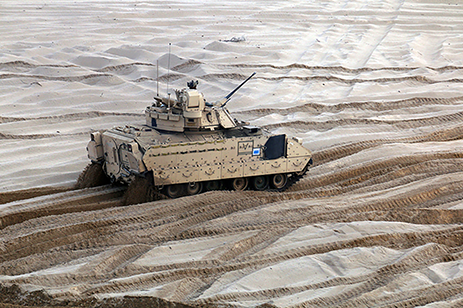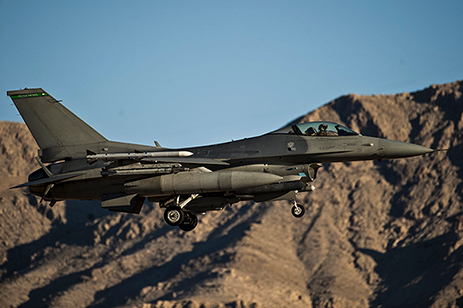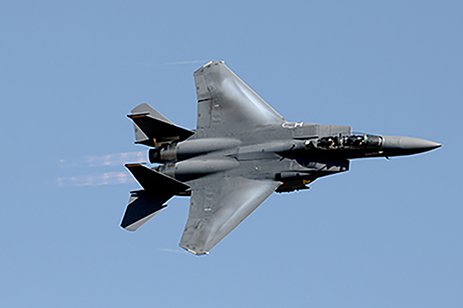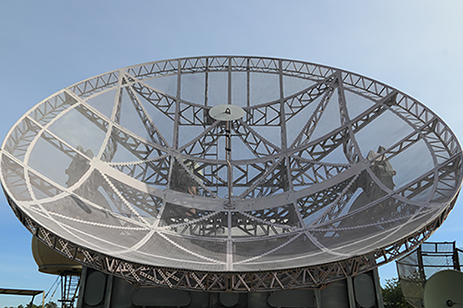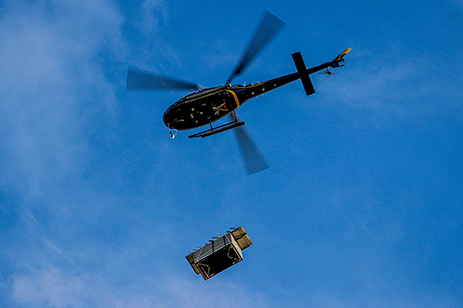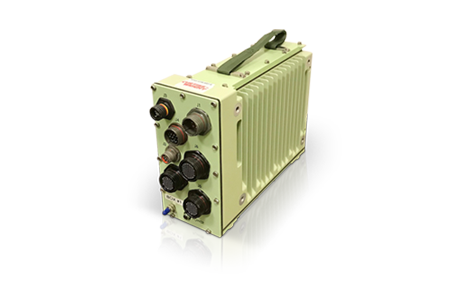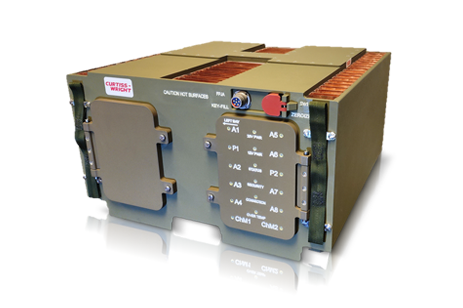
Curtiss-Wright Defense Solutions supports specialty engineering with an established team organized under our System Engineering group.
RMS & ILS Engineering
Our specialty engineering resources include Reliability/Maintainability/Safety (RMS) engineering and Integrated Logistics Support (ILS) engineering teams. We have the experience and capabilities to support Performance-Based Logistics (PBL) and maintenance requirements as well as expertise in working closely with dedicated depot centers.
- Human factors and safety engineering (products are evaluated against the specification, MIL-HDBK-454, MIL-STD-1472, and MIL-HDBK-882 as they apply to the program)
- ILS and PBL capability and support
- Technical manuals, training material/courses and support documentation
- LSA per MIL-STD-1388-2B or GEIA-STD-0007 guidelines
- LORA and LCC analysis (COMPASS STAT Version 6.2.0)
Curtiss-Wright has successfully developed and delivered and deployed equipment for various branches of service with similar functional and operational capabilities. The ILS team is familiar with and successful in supporting maintenance programs on various military programs. It provides technical assistance and effective product support for existing equipment in the field, ensuring that it meets the reliability, maintainability, availability, and supportability requirements.
System Integration, Engineering, Test Planning & Verification Services
When you have a system integration challenge, reach out to our system design team as early in your program cycle as possible and let a Curtiss-Wright system architect put their system integration expertise to work for you. Our unmatched breadth of system integration capabilities helps to eliminate your design risk to ensure the success of your program’s system development, integration, and deployment.
System Integration Engineering Services
Supportability/Availability
Our ILS engineering capabilities include analysis to determine the requirements for spares and warranty provisions, transportation, storage, packaging, handling, and trade-off on COTS and Nondevelopmental Items (NDI). Obsolescence (end of life) and long lead items are identified during maintenance planning to ensure that availability is not at risk.
Curtiss-Wright has an established repair station that accommodates the repair of all return units under contract, and proactively supports the failure investigation on the equipment or unit. Curtiss-Wright embraces the PBL concept to optimize total system availability at minimum cost and logistics footprint, in order to provide customers and users with the optimum benefits of using Curtiss-Wright products and services.
|
|
Curtiss-Wright's standard reliability prediction practice follows MIL-HDBK- 217F and ANSI/VITA 51.1 guidelines. In addition, Curtiss-Wright has performed predictions using the PRISM and 217Plus models. Curtiss-Wright currently uses Relex to support its reliability prediction efforts.
Curtiss-Wright design for reliability and maintainability capabilities include, but are not limited to:
|
|
Integrated Logistics Support (ILS) Engineering
Curtiss-Wright has an established ILS team. The Logistics Engineer Specialist is responsible for the logistics data requirements. Their primary function is to support the Product Design and Development and sustaining activities to ensure that all logistics requirements, including reliability, maintainability, supportability, and availability requirements are met and incorporated in the equipment design.
The Logistic Support Analysis (LSA) per MIL-STD-1388-2B is performed concurrent with product design and development. The ILS engineering team collaborates with System Engineering and other functional teams during Level of Repair Analysis (LORA), and/or Life Cycle Cost (LCC) analysis, to determine the most effective and economical cost of ownership. In addition, Human Factors and Safety Engineering are integrated into the product design process. This effort is interrelated, sequential, and ongoing throughout all program phases. It influences facility, support equipment, procedures, and personnel selection. The Logistics Engineer is also responsible for the development of Technical Manual and Training material for deliverable equipment. Deliverable data can be tailored to an acceptable format that meets the customer’s requirements.
